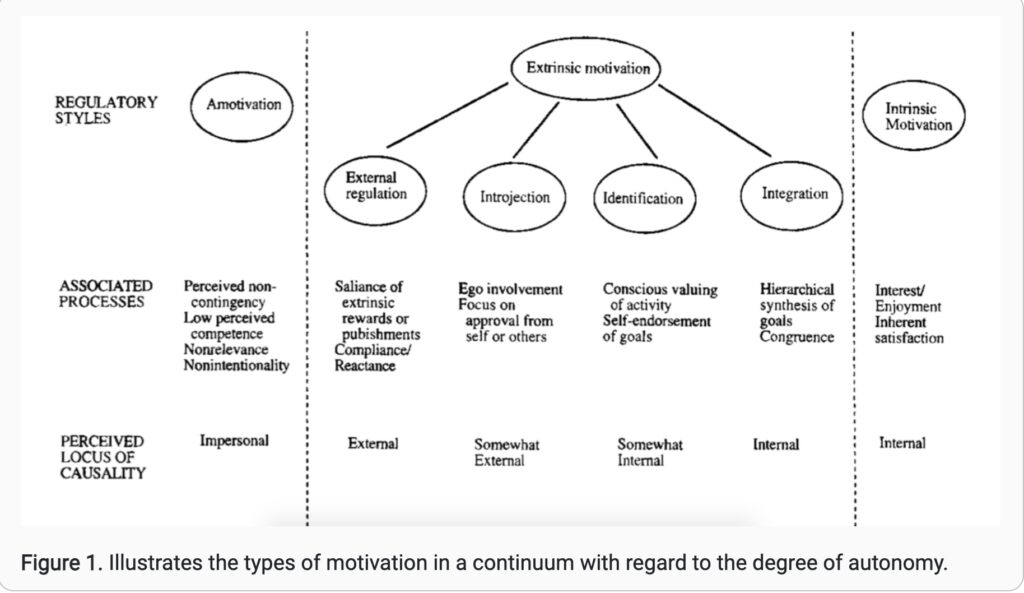This is a link to the interactive learning resources for Pod 3: http://smartphotography.online/
Thank you for sharing your knowledge about photography. I’m sure you spent a lot of time creating interactive learning resources because your website looks very professional.When I first opened it, I was surprised that it was almost identical to the brightspace I had used before.
First of all, the content is clear and easy to understand. There is a navigation bar on the left side of the website, which allows me to clearly see the course descriptions and what is being taught each week. I like the calendar and course notification section because it makes the course more organized. And whenever learners complete an assignment or reading, they can mark it on the right side.
Secondly, in the syllabus, I see that you mention a novel approach to teaching: the Flipped Classroom Model. I think this is a very good teaching model. Learners can learn the theory at home through videos and articles, and then bring their questions to the classroom and practice them. The learners can learn at their own pace and I think it is more effective to do so. Correct me if I’m wrong, the flipped classroom requires students to prepare well in advance of class and takes up more of their time outside of class. Will this be too much for some students who need to work?
This course is for students who are learning English (ELL) and for students who only have a mobile device with data. Your group will explain the topics in simple English and all the videos include the English alphabet. These two ideas will really help ELLs learn the course better. In my opinion, for ELLs and some students, videos may be more engaging and easier to understand than text. I think it is a very good idea to shoot it on your phone and read it offline.
Finally, the learning outcomes and learning structures are very clear and well defined. The assessment plan, course activities, and learning outcomes were consistent. I noticed that your group provides a lot of class discussions. Students can also leave their questions and comments about the class in the discussion forum. This collaborative learning model helps students learn better and also helps the teacher understand how students are learning.
Correct me if I’m wrong, I noticed that the two parts of your inclusive design and learning contexts are a little bit similar. They all mention instructional solutions for English learners. I might have missed something, I didn’t find the reference list on the website.
I have one more question. I noticed that there is still a lot of content to learn and assignments to submit in the four lessons. How long do you plan or suggest to study this lesson?
Overall, this is an excellent interactive learning resource. I look forward to seeing your final website.






Recent Comments